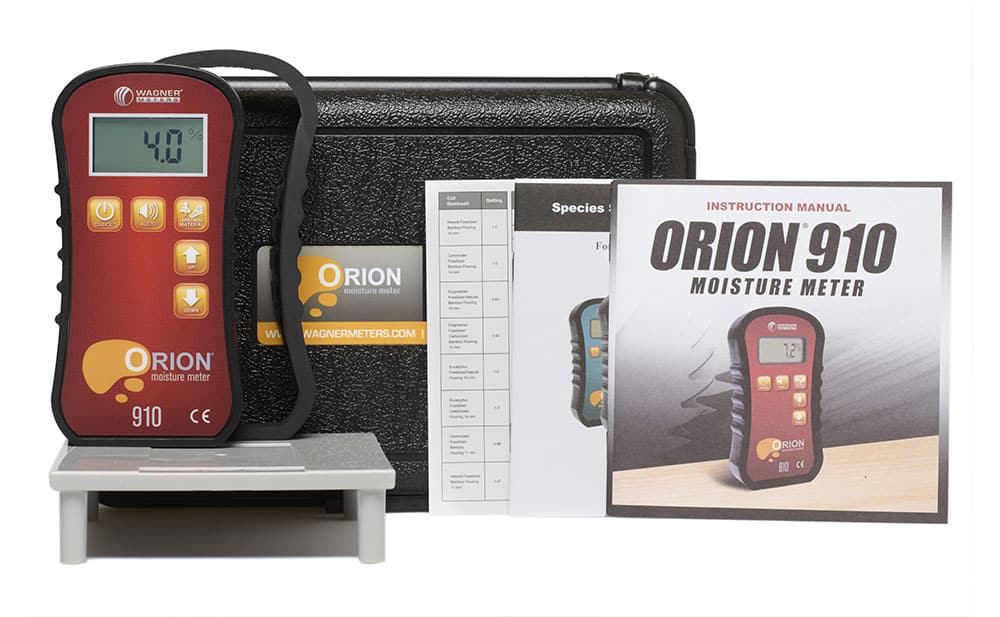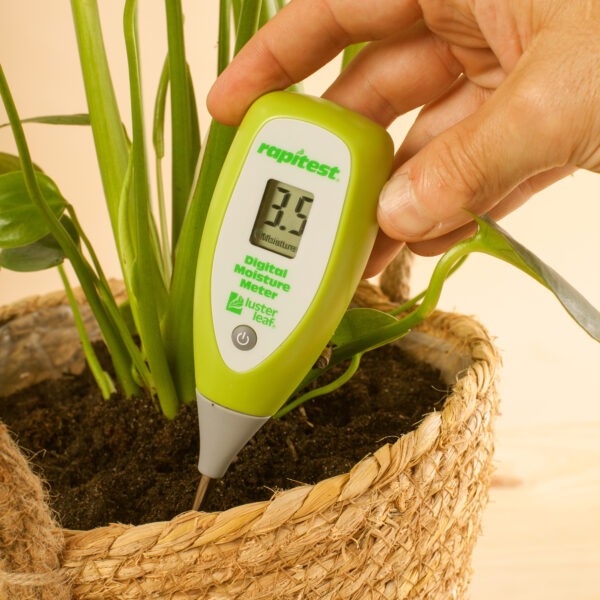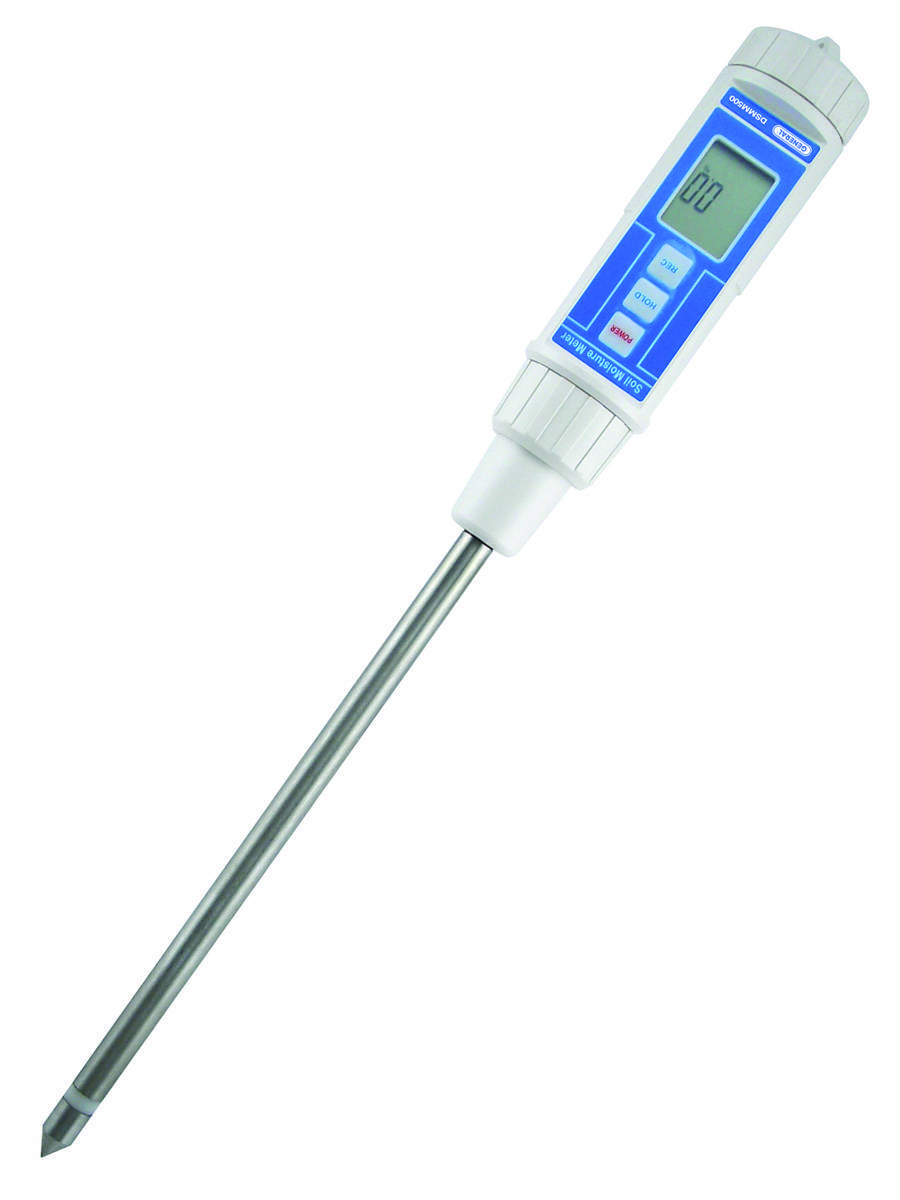Why Every Home Owner Requirements a Moisture Meter: Key Benefits and Functions
Why Every Home Owner Requirements a Moisture Meter: Key Benefits and Functions
Blog Article
The Ultimate Guide to Moisture Meters: A Comprehensive Summary and Exactly How They Can Save You Money
In the realm of building maintenance, construction, and various industries, the value of properly gauging wetness levels can not be overemphasized. Moisture meters work as crucial tools in identifying and monitoring moisture web content in materials, helping in preventing pricey damages and ensuring the top quality of items. Comprehending the nuances of different kinds of wetness meters, their applications, and the prospective cost-saving advantages they supply can be a game-changer for businesses and experts alike. Uncovering how these gadgets can not only improve processes but additionally add to economic cost savings is a journey worth starting.
Kinds of Moisture Meters
One usual kind is the pin-type moisture meter, which determines the electrical resistance in between 2 pins put right into a product. Pinless dampness meters, on the other hand, use electro-magnetic sensing unit plates to scan a bigger location without triggering damages to the material's surface.
Furthermore, there are additionally specialty moisture meters created for particular products like dirt, hay, or grain. These meters provide precise moisture analyses customized to the distinct residential or commercial properties of the material being evaluated. Infrared wetness meters determine the thermal properties of a product to establish its dampness content non-invasively, making them useful for applications where pin or pinless meters might not appropriate. Understanding the various sorts of dampness meters available can aid markets choose one of the most ideal device for their particular wetness dimension demands.

Benefits of Using Moisture Meters

Additionally, utilizing wetness meters can cause increased energy performance. By determining locations with high moisture levels, such as leakages or bad insulation, adjustments can be made to enhance energy conservation and decrease utility expenses. In farming settings, dampness meters play a critical function in optimizing plant returns by enabling farmers to keep an eye on dirt moisture degrees and make notified irrigation choices. On the whole, the benefits of making use of dampness meters extend across various industries, supplying economical remedies and advertising much better quality assurance techniques.
Just How to Select the Right Moisture Meter
Picking the appropriate wetness meter entails taking into consideration essential elements such as product compatibility, dimension array, and calibration precision. When picking a dampness meter, it's important to make certain that the meter appropriates for the specific product you will be screening. Different products have differing electric buildings that can influence wetness readings, so picking a meter made for your material is vital for accurate outcomes. In addition, consider the measurement variety of the moisture meter. Make sure that the meter can detect moisture degrees within the range needed for your applications. Calibration accuracy is one more essential aspect to bear in mind (Moisture Meter). Choose for a dampness meter with reputable calibration to ensure consistent and specific readings. Some meters might need routine calibration changes, so understanding the calibration procedure is essential. By carefully reviewing these elements, you can pick a moisture meter that meets your demands and supplies accurate dampness dimensions for your tasks.
Correct Methods for Moisture Meter Usage
To make certain exact moisture readings and make best use of the efficiency of a dampness meter, utilizing correct methods is crucial. When making use of a pin-type wetness meter, put the pins or probes into the product being examined until they hop over to these guys make complete contact. Make certain the pins are vertical to the surface to get the most accurate analysis. For pinless dampness meters, hold the tool flat versus the material and relocate it slowly to cover the entire location for an average analysis. It's crucial to calibrate the wetness meter according to the material being evaluated to improve precision. Take several analyses across the surface area and typical them out for a much more reliable result. Additionally, guarantee that the product being checked is acclimated to the atmosphere to avoid manipulated analyses. Regular maintenance of the dampness meter, such as cleansing the pins or sensing unit, is also essential to ensure constant and precise analyses. By complying with these proper techniques, customers can rely on their wetness meter to provide reliable wetness degrees, helping in avoiding expensive damage or making certain top quality in different applications.

Price Savings With Moisture Meter Applications
How can the calculated application of dampness meters result in substantial cost financial savings across different sectors? Moisture meters play a critical duty in price financial savings by preventing potential damage and guaranteeing high quality control in different markets. In the agriculture industry, moisture meters help in identifying the ideal time for harvesting plants, protecting against over-drying or excess moisture that can impact the end product's top quality. This precise tracking top article aids farmers avoid unnecessary losses and maximize their yield.

Furthermore, in the food handling sector, wetness meters are vital for monitoring product top quality and ensuring compliance with security laws. By accurately determining dampness material in food, producers can stop wasting, preserve freshness, and lower waste, resulting in substantial price savings. On the whole, the strategic application of moisture meters is an important financial investment that can result in significant cost decreases and enhanced performance across various sectors.
Verdict
In verdict, wetness meters are important devices for identifying and gauging moisture degrees in different materials. By utilizing the ideal moisture meter and following appropriate methods, users can successfully stop costly damages triggered by excess moisture.
Wetness meters offer as indispensable tools in detecting and keeping an eye on moisture web content in materials, aiding in avoiding expensive problems and ensuring the top quality of products. Infrared dampness meters gauge the thermal residential properties of a product to determine its dampness content non-invasively, making them helpful for applications where pin or pinless meters might not be ideal.Moisture meters use very useful advantages in accurately analyzing and checking dampness levels in diverse materials and atmospheres. In farming setups, dampness meters play an important role in maximizing crop returns by making it possible for farmers to check dirt wetness degrees and make notified irrigation decisions.In verdict, wetness meters are useful tools for identifying and determining moisture levels in numerous products.
Report this page